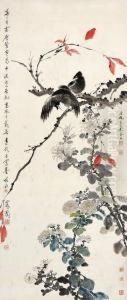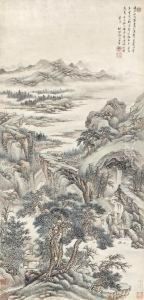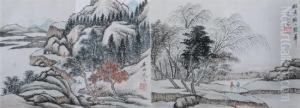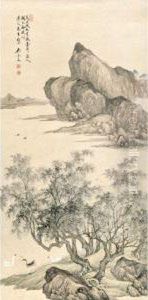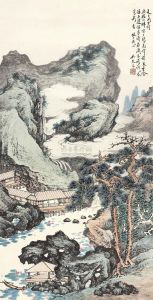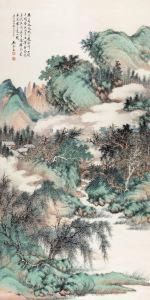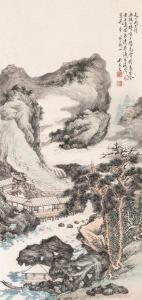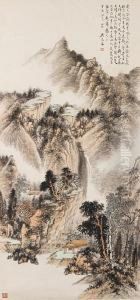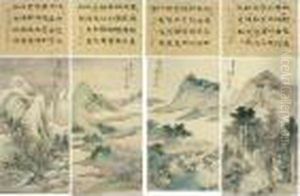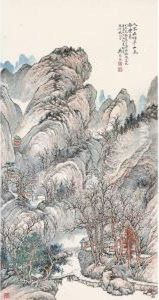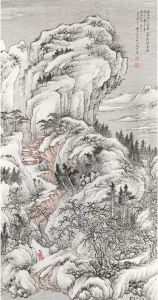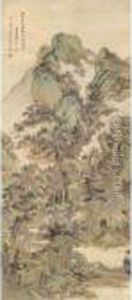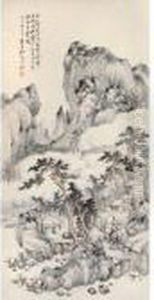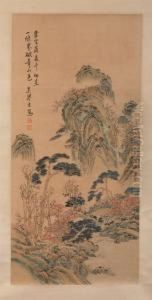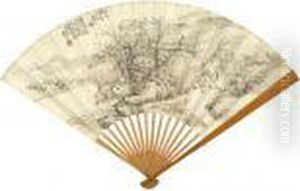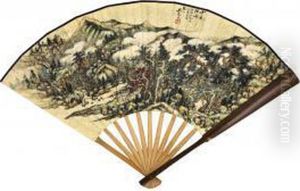Wu Qinmu Paintings
Wu Qinmu was a Chinese painter during the late Qing Dynasty. He was born in 1844 in Dantu, Jiangsu province, and he died in 1917. Wu was known for his traditional Chinese landscape paintings and flower-and-bird paintings. His style was deeply influenced by the earlier Ming Dynasty painter Shen Zhou, and Wu is often associated with the Wu School of painting, which emphasized a literati approach to art.
Wu Qinmu's life spanned a period of great change in China, as the Qing Dynasty faced internal strife and external pressures from Western powers. Despite the tumultuous times, Wu dedicated himself to the practice of traditional Chinese painting, honing his skills and contributing to the preservation and continuation of this art form.
As an artist, Wu Qinmu adhered to the scholarly ideals of the time, reflecting a deep connection with Chinese cultural heritage and the natural world in his work. His paintings often exhibit a refined and elegant style, with delicate brushwork and a serene aesthetic. Wu's landscapes are particularly noted for their poetic use of space and subtle gradations of ink, which create a sense of depth and tranquility.
Wu Qinmu's paintings were not only appreciated in his time but have also been revered by later generations. His works are held in various museums and collections, and he is recognized as an important figure in the history of Chinese painting. Wu's legacy continues to influence artists who seek to maintain the traditional values and techniques of Chinese ink painting in the modern era.
